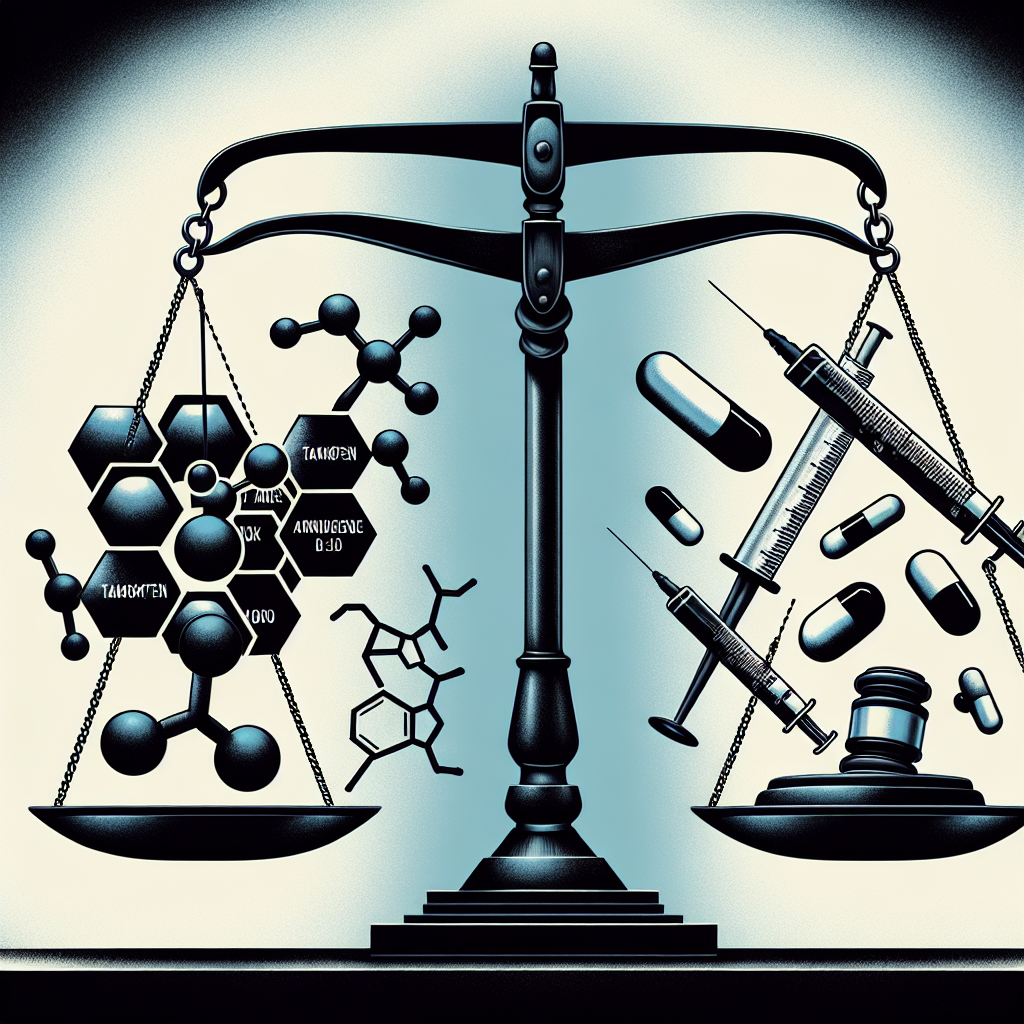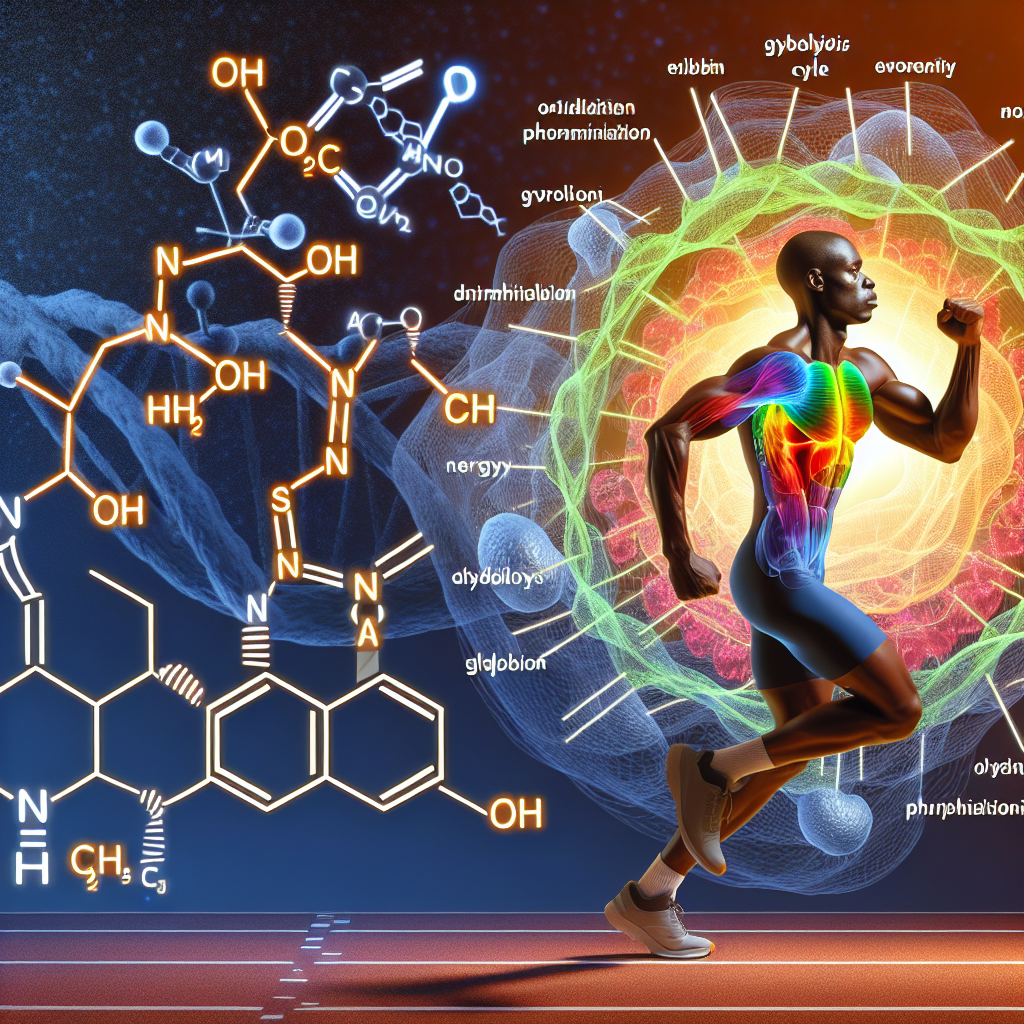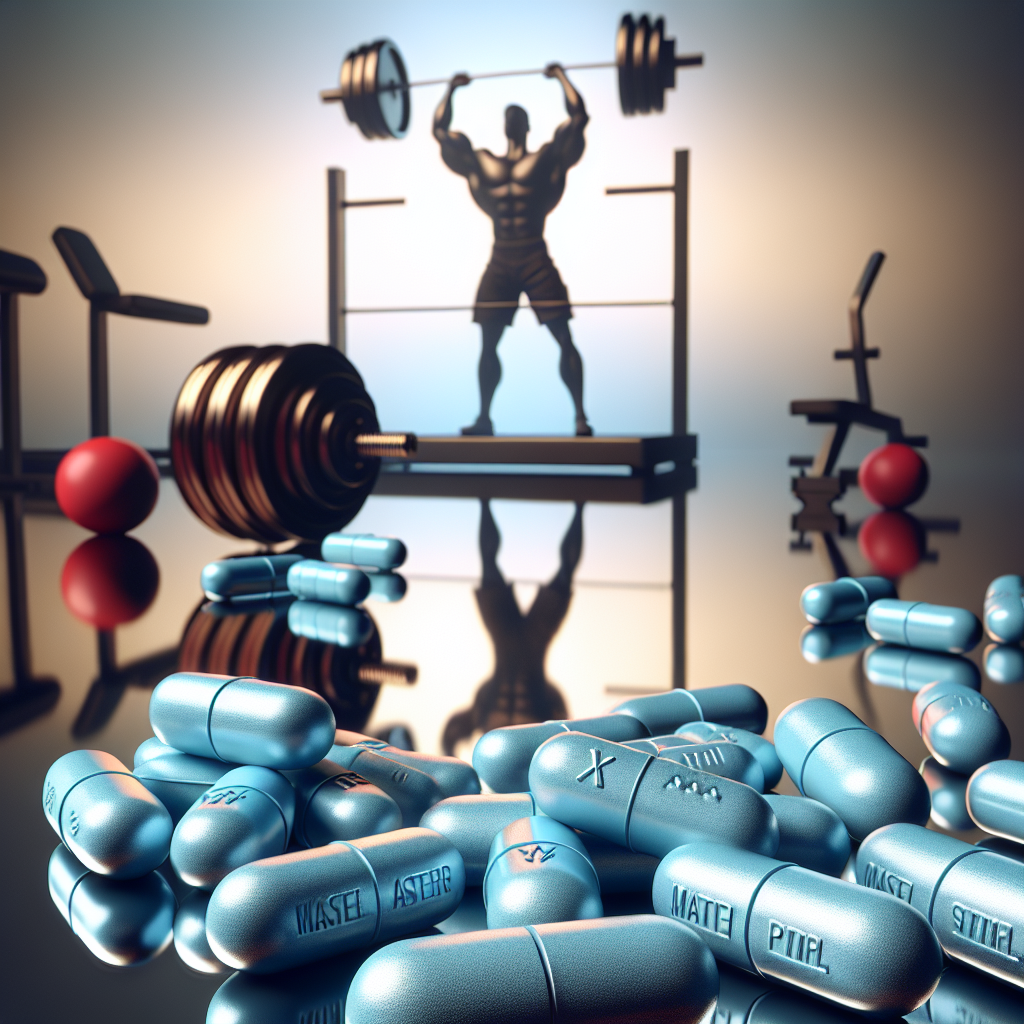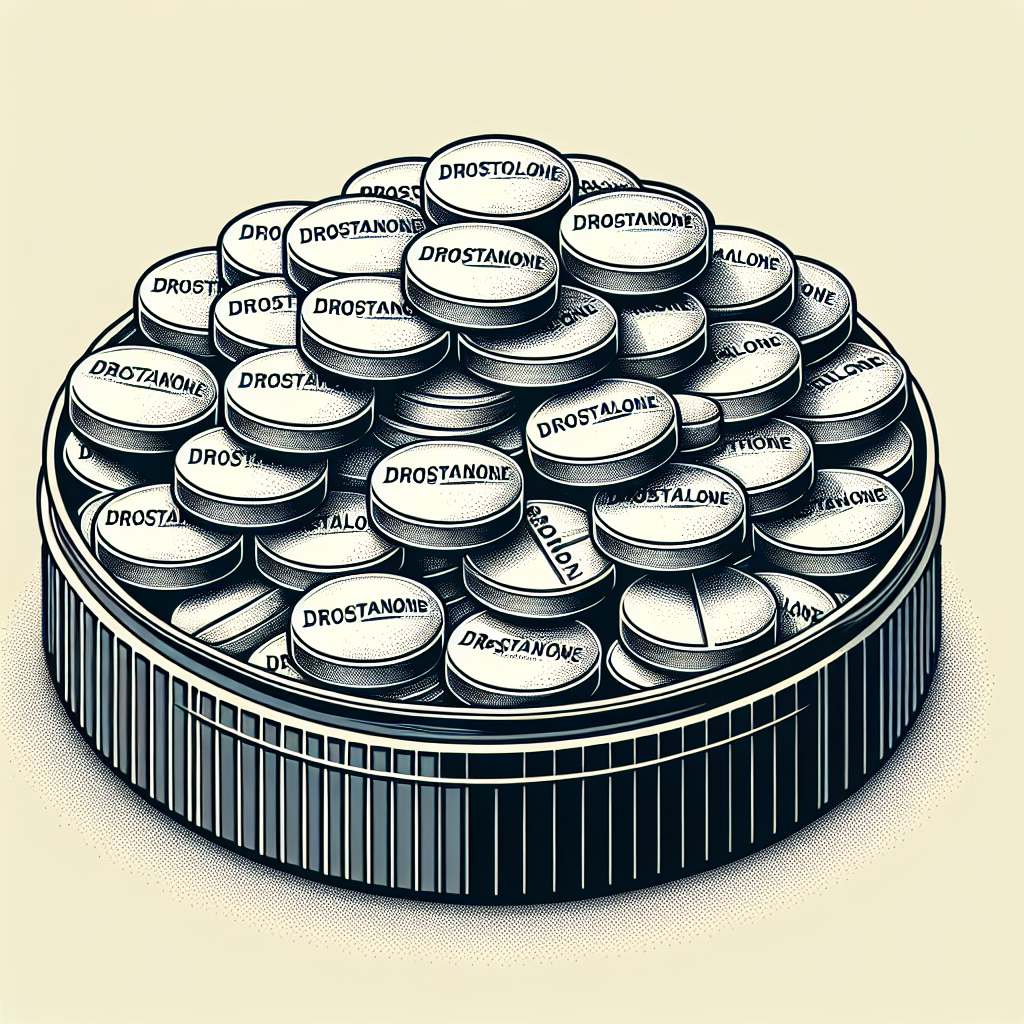-
Table of Contents
Professional Athletes’ Use of Viagra: Advantages and Risks
Viagra, also known as sildenafil, is a medication commonly used to treat erectile dysfunction in men. However, in recent years, there has been a growing trend of professional athletes using Viagra as a performance-enhancing drug. This has sparked debates and controversies in the sports world, with some arguing that it gives athletes an unfair advantage while others claim it has no significant impact on athletic performance. In this article, we will explore the advantages and risks of professional athletes’ use of Viagra.
The Pharmacokinetics and Pharmacodynamics of Viagra
Before delving into the advantages and risks, it is essential to understand the pharmacokinetics and pharmacodynamics of Viagra. The drug works by inhibiting the enzyme phosphodiesterase type 5 (PDE5), which is responsible for breaking down cyclic guanosine monophosphate (cGMP). This results in increased blood flow to the penis, leading to an erection. However, Viagra also has an effect on other parts of the body, including the heart and lungs.
The peak plasma concentration of Viagra is reached within 30-120 minutes after ingestion, with a half-life of approximately 4 hours (Kloner, 2004). This means that the drug remains in the body for a significant amount of time, making it a popular choice for athletes who need to maintain a high level of performance for an extended period.
Advantages of Viagra for Professional Athletes
One of the main advantages of Viagra for professional athletes is its ability to increase blood flow and oxygen delivery to muscles. This can result in improved endurance and performance, especially in sports that require high levels of cardiovascular fitness, such as cycling and running. A study conducted by the University of Miami found that cyclists who took Viagra before a time trial had a 40% increase in their time to exhaustion compared to those who took a placebo (Bell, 2004).
Moreover, Viagra has been shown to have a positive impact on recovery time. The drug helps to dilate blood vessels, which can aid in the removal of waste products and delivery of nutrients to muscles, promoting faster recovery after intense physical activity (Kloner, 2004). This can be beneficial for athletes who need to perform multiple times in a short period, such as in tournaments or competitions.
Another advantage of Viagra for professional athletes is its potential to improve mental focus and concentration. The drug has been shown to increase levels of dopamine and norepinephrine, neurotransmitters that play a crucial role in cognitive function (Kloner, 2004). This can be particularly beneficial for athletes who need to maintain a high level of mental alertness during competitions.
Risks of Viagra for Professional Athletes
While there are potential advantages to using Viagra as a performance-enhancing drug, there are also significant risks that athletes should be aware of. One of the main concerns is the potential for adverse cardiovascular effects. Viagra can cause a drop in blood pressure, which can be dangerous for athletes who engage in high-intensity physical activity. It can also increase heart rate and oxygen consumption, which can put additional strain on the heart (Kloner, 2004).
Moreover, there is a risk of developing dependence on Viagra. Some athletes may become reliant on the drug to perform at their best, leading to potential addiction and withdrawal symptoms when they stop using it. This can also have a negative impact on an athlete’s mental health and overall well-being.
Another risk of using Viagra for performance enhancement is the potential for disqualification from competitions. While Viagra is not on the World Anti-Doping Agency’s list of prohibited substances, it falls under the category of “any other substance with a similar chemical structure or similar biological effect” (World Anti-Doping Agency, 2021). This means that athletes who test positive for Viagra may face sanctions and disqualification from competitions.
Real-World Examples
The use of Viagra as a performance-enhancing drug is not a new phenomenon. In 2008, professional cyclist Andrea Moletta was suspended for two years after testing positive for Viagra during the Giro d’Italia (BBC, 2008). In 2010, American football player Brandon Marshall admitted to using Viagra before games to improve his performance (ESPN, 2010). These are just a few examples of athletes who have been linked to the use of Viagra for performance enhancement.
Expert Opinion
While there are potential advantages and risks to using Viagra as a performance-enhancing drug, it is essential to consider the expert opinion of those in the field of sports pharmacology. Dr. Gary Wadler, a former chairman of the World Anti-Doping Agency’s Prohibited List and Methods Committee, stated that “Viagra is not a performance-enhancing drug. It does not enhance muscle strength or aerobic capacity” (ESPN, 2010). This highlights the need for further research and evidence to support the claims of Viagra’s performance-enhancing effects.
Conclusion
In conclusion, the use of Viagra as a performance-enhancing drug among professional athletes is a controversial topic. While there are potential advantages, such as improved blood flow and recovery time, there are also significant risks, including adverse cardiovascular effects and the potential for disqualification from competitions. It is crucial for athletes to weigh these factors carefully and consult with medical professionals before using Viagra for performance enhancement. Further research is also needed to fully understand the impact of Viagra on athletic performance.
References
BBC. (2008). Cyclist Moletta fails drugs test. Retrieved from https://www.bbc.com/sport/cycling/7420686
Bell, D. (2004). Viagra gives athletes an edge. Retrieved from https://www.theguardian.com/science/2004/jun/24/thisweekssciencequestions
ESPN. (2010). Marshall: Viagra use widespread in NFL. Retrieved from https://www.espn.com/nfl/news/story?id=5216471
Kloner, R. A. (2004). Cardiovascular effects of sildenafil citrate and recommendations for its use. The American Journal of Cardiology, 93(6), 33-42.
World Anti-Doping Agency. (2021). The 2021 Prohibited List. Retrieved from https://www.wada-ama.org/sites/default/files/resources/files/2021list_en.pdf













